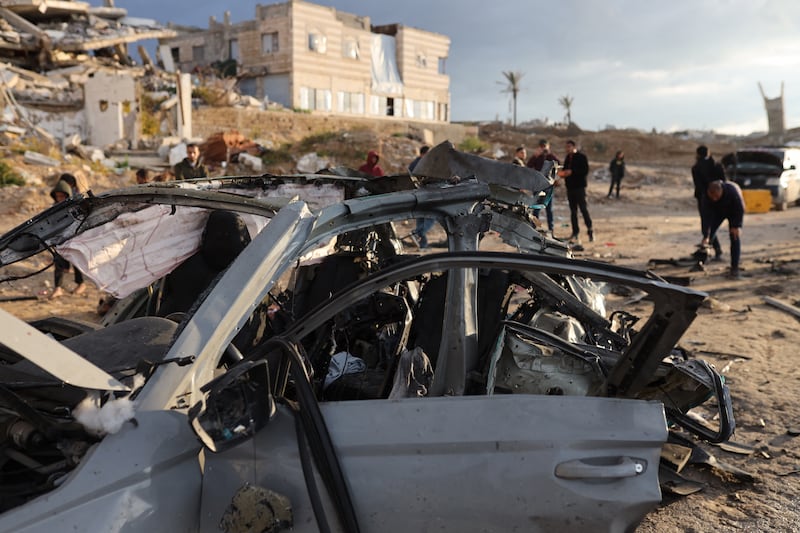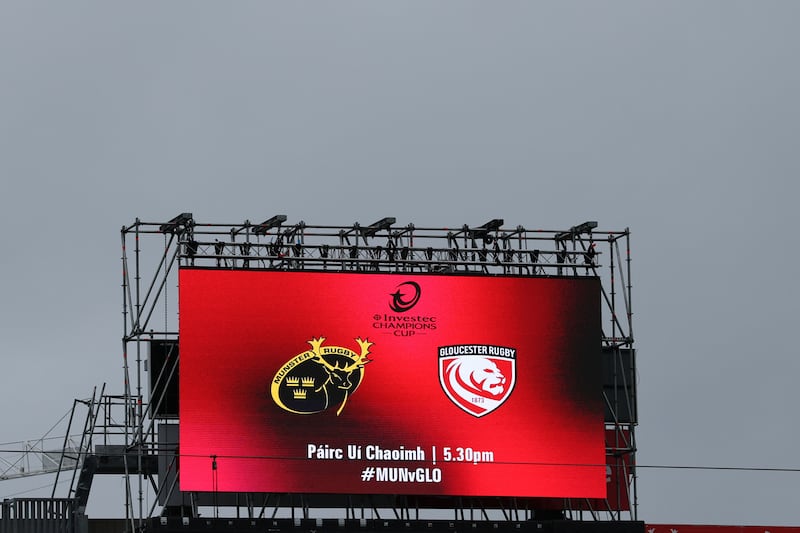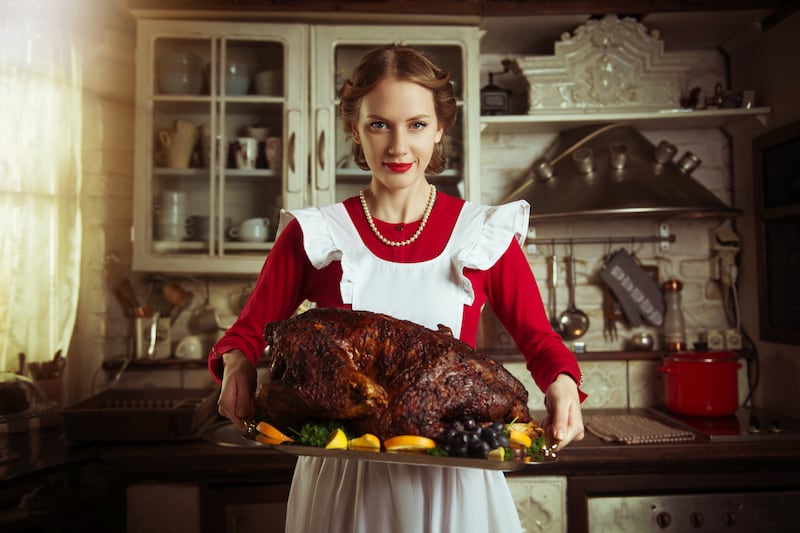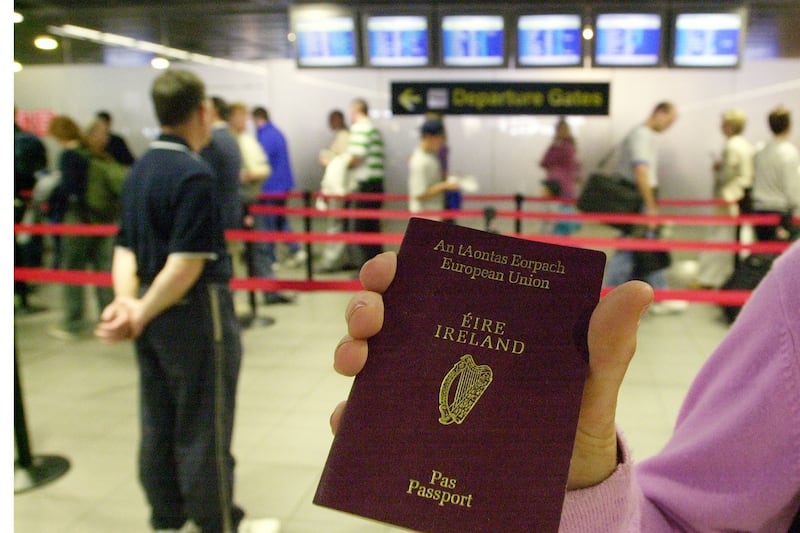The children shone amid a confession of bad report cards from the sorrowful adults. After a hundred years of tribal suspicion and violent misunderstanding, Ireland’s leading men of the cloth publicly admitted on Thursday that their churches did not do enough during the worst of times to encourage and nurture peace. They should have tried harder to heal the wounds between their respective communities. They should have looked beyond factional mindsets and reached out.
“Must do better” was their verdict on themselves. “Must try harder.”
It’s only taken them a century, but at least it’s a start.
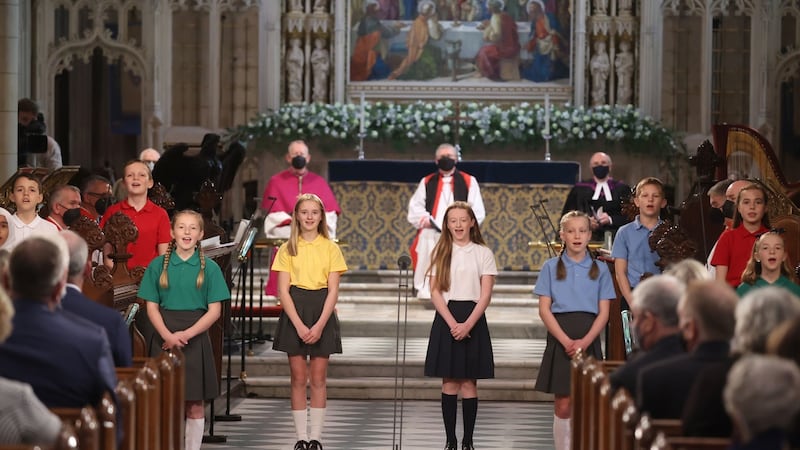
The mere idea of a commemorative event in Northern Ireland to mark the incendiary partitioning of the island in 1921 is enough to spark apoplexy among a sizeable portion of the population – North and South. To invite the British monarch to attend, along with her UK political representatives in the North, is like a red, white and blue rag to a nationalist bull.
But only if they were aware of this ecumenical church service happening in the first place. Had President Michael D Higgins not turned down an invitation to attend – the political connotations did not sit well with him – the event would probably have passed off quietly and faded from the public consciousness in no time.
Contentious milestone
The powers that be in Northern Ireland have not been making much of a fuss about this contentious milestone in the North’s turbulent past. The controversy over Mr Higgins’s polite but unexpected decision hurled it into the headlines.
Observing the diplomatic niceties saw Minister for Foreign Affairs Simon Coveney representing the Irish Government in St Patrick’s Church of Ireland cathedral with chief whip Jack Chambers taking one for the Fianna Fáil team by accompanying his Coalition colleague to the service.
And then, on the day before the five leaders of the main Christian churches were due to stand together at a religious service of “Reflection and Hope” on the centenary of Northern Ireland’s difficult birth, Queen Elizabeth retired from the fray for medical reasons.
Never fear Boris is here. News that the UK prime minister (whose main pronouncements on matters Northern Irish tend to involve a wheeze to build a tunnel under the sea to Scotland) would be heading to the ceremony broke before the official communication from Buckingham Palace about the queen’s reluctant withdrawal from it. But that was probably to do with bad timing.
“There is no queen but the court jester is still flying in” remarked one observer outside the cathedral.
There was a sense of deep disappointment at her majesty’s unfortunate absence from many of the organisers. “I’m sure her majesty will be following every minute of the service at home,” said a local volunteer.
Despite the shadow of controversy hanging over the occasion, a quick perusal of the order of service booklet and a read through the various reflections and prayers did not yield anything which could even remotely annoy anyone. Then again, one of the hymns, based on a psalm, was set to an “Irish traditional melody: Londonderry Air”.
That set few noses out of joint.
This was a straightforward religious service, with uplifting readings and thoughtful, sometimes touching, contributions from the two most reverends, Eamon Martin, Catholic Archbishop of Armagh and Primate of All-Ireland and John McDowell, the Church of Ireland Archbishop of Armagh and Primate of All Ireland), the one Right Reverend (David Bruce, Moderator of the Presbyterian Church) and the one Very Reverend (Ivan Patterson, president of the Irish Council of Churches). Not forgetting the Reverend Dr Sahr Yambasu, president of the Methodist Church in Ireland, who delivered the sermon.
And a great ecclesiastical soundtrack. Wonderful hymns, thumping organ music and celestial blasts from a concert harp.
When the socially distanced congregation representing all strands and strains of people was in place, the VIPs arrived. Coveney and his Fianna Fáil consort first.
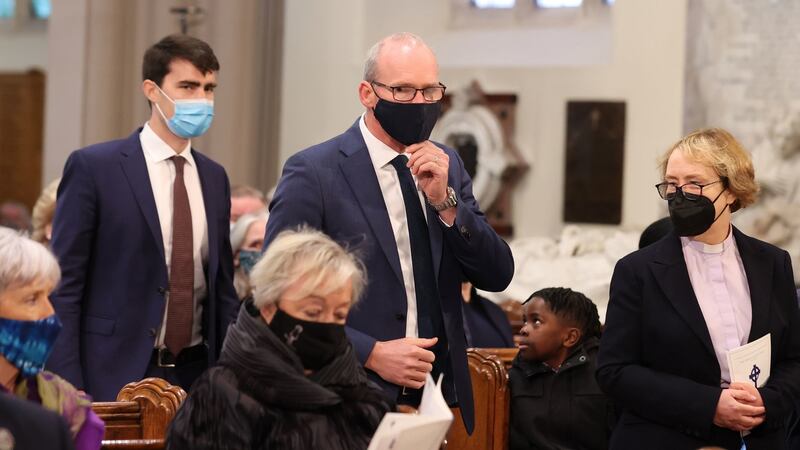
“Unfortunately the doctors have advised they’re fit to travel,” texted a Government politician watching the scene from his office in Leinster House.
“Is that Mr Coveney’s son?” asked one of the press people from the Methodist Church. “No, that’s Jack Chambers, the Government chief whip.”
Next up the aisle (not for the first time) came Boris Johnson. When he got out of his car, a female aide rushed over and stuffed a lanyard back in his pocket while swiftly tucking in his shirt.
He made his stately progress towards his place on the red velvet cushioned pews in the front, across the way from the Irish politicians. And there it was – no doubt greeted with cries of vindication across the land and a wee smile from Michael D – a small but very visible union flag on the prime minister’s black face mask.
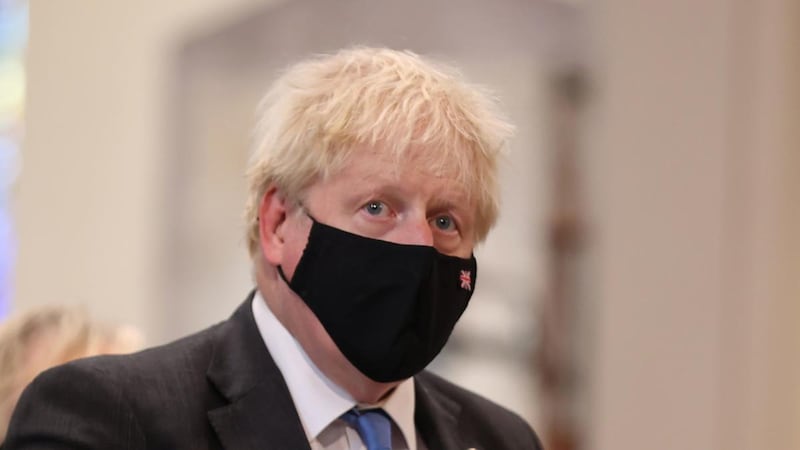
That little flag
In what was a very, very carefully planned, non-political event, that little flag stuck out like a sore thumb.
Clearly, nobody showed Boris the memo about “no emblems in the workplace”. That directive is a familiar one to workers in Northern Ireland.
Last to arrive was the queen’s stand-in: Nicholas James Alexander, the seventh Earl of Caledon and Lord Lieutenant of Armagh. He got a little pew all to himself nearest the altar. Had the President been there, he would have been given one too, presumably.
The ancient cathedral was decorated with magnificent floral arrangements. All the flowers – roses, gladioli, carnations – were white, for peace. Sunlight streamed though the stained glass windows, although it was a bitterly cold morning outside on the hilltop.
“There is a future for tomorrow, so let’s begin today,” sang the children’s choir.
“We all breathe the same air. We all walk under the same tree,” read a schoolgirl. “I hope for peace and harmony on this, our shared island.”
The children gave hope and as they spoke powerfully about their hopes for the future.
Lovely church service
If there hadn’t been such a palaver over the description of the ceremony and the event it tastefully and respectfully strove to mark, it would have been just another well-meaning, lovely church service.
It took just over an hour, and was broadcast live on RTÉ and the BBC, with the British transmission starting earlier and running on longer than the Irish version.
After the final blessing, the young people carried “The Light of Hope” from the cathedral followed by the queen’s representative, the politicians and the five clergymen.
Johnson stopped along the way to talk to people. This meant that Coveney, walking a number of paces behind, had to do the same. They finally met and bumped elbows at the main door, exchanging a some stilted pleasantries in the process. But there seemed to be a certain chilliness to the encounter. And there were no displays of bonhomie in the courtyard either.
It was all rather businesslike, those brief days of the Leo-Boris Brexit bromance a distant memory. They didn’t hang around for long afterwards either. Johnson spoke briefly to some of the youngsters outside in the line: “Are you freezing?” Kids: “They gave us a break.” Boris: “Did you have a drink?” But the politicians from Northern Ireland, as ever, stacked up and circled the microphones before being called in for their verdicts. If St Patrick’s is high on a hilltop, its position was nothing compared to the very conciliatory stance taken on the high ground by the DUP and UUP leaders.
What was all the fuss about, they asked? “Perhaps the President will have the opportunity to actually sit down and watch this service, and perhaps see what it was truly about,” Jeffrey Donaldson said.
“End Partition Now” tweeted Sinn Féin’s Michelle O’Neill, who did not attend to mark its beginning. History happens.














